Rekordbox on a budget, how does it fair?
The entry level controller market is one of the most sought after and competitive in the industry. Many companies are fighting for the newcomers, with a view to introduce and ultimately keep them in their eco system. This is great news for beginner DJs as it gives them a wide variety of fantastic products to chose from. Today we are looking at the DDJ 400, a controller from arguably the DJ’s biggest player, Pioneer.
The Decks
*** Note – Pioneer DJ have now dropped an incredible successor to the DDJ-400! Check out our article on the DDJ-FLX4 to learn about all of its awesome upgraded abilities ***
On paper the DDJ-400 from Pioneer DJ has a lot in common with rival units also found at this price point. Two channels, 8 performance pads and a dedicated three band EQ mixer. However unlike it’s rivals, the DDJ 400 is modeled on Pioneers bigger CDJ/DJM players. These are most commonly found in professional dj booths around the world.
This design choice is noticeable at first glance. With the decks portion of the controller finished in a textured plastic identical to that found on top of the flagship CDJ 2000 Nexus 2 decks. The mixer section of the controller is finished in a smooth glossy plastic, to resemble the metal faceplate of a Pioneer DJM mixer.
Even the physical shape on the controller is more boxy with chamfered edges to mimic the Nexus 2 line up perfectly. Making an entry level controller resemble the flagship units is done to make the progression feel more natural when you decide to invest in more expensive hardware as your DJ journey progresses. However as we will see, it’s made for some interesting design choices.
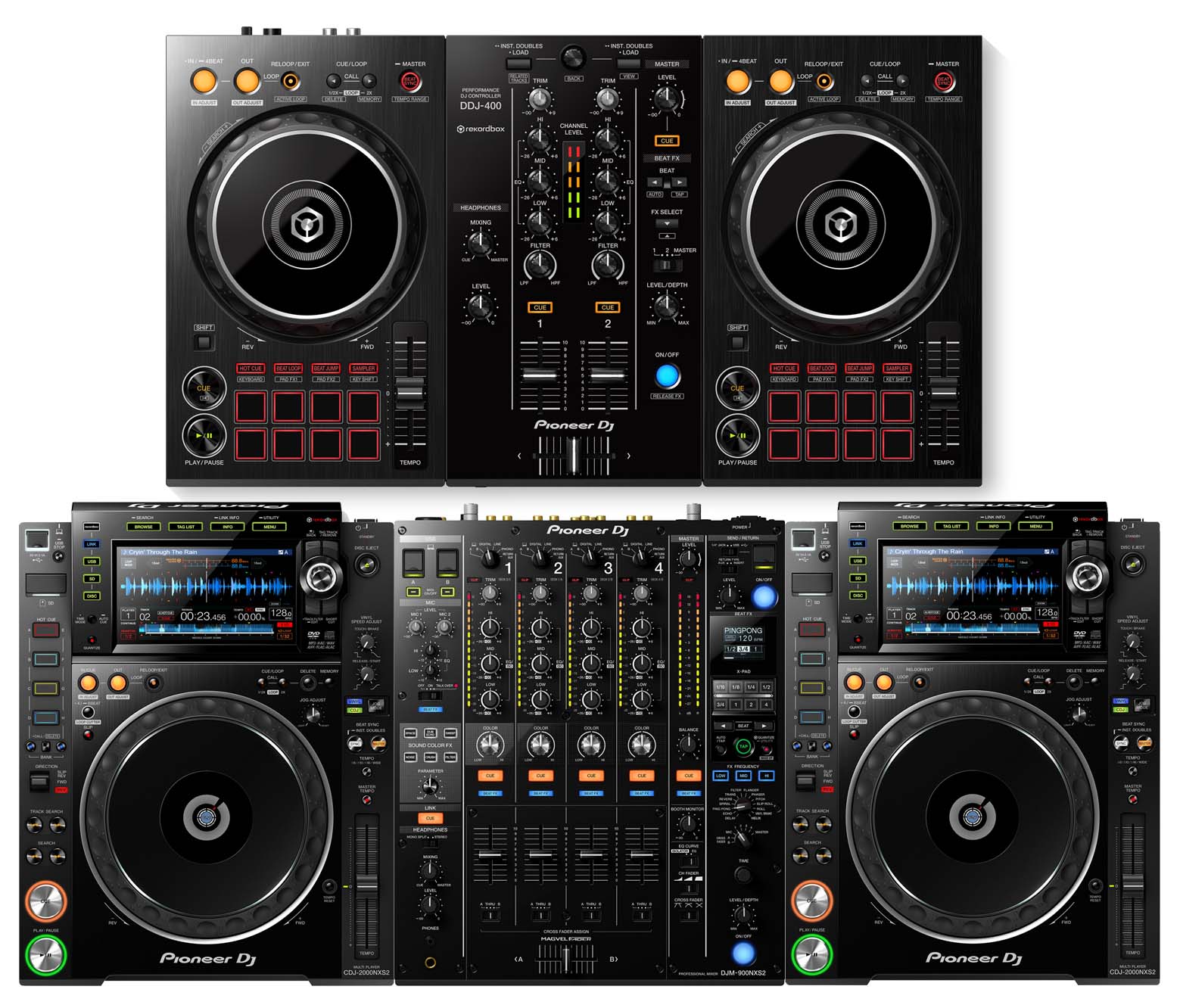
Pioneer designed the DDJ 400 to look and feel like the flagship Nexus set up
The Layout
The deck section of the DDJ 400 at first glance looks very similar to other controllers. With the 8 performance pads below the capacitive jog wheel which has now been redesigned to have the same grip on the outside rim as a CDJ unit. However that’s where the similarities end. To mimic the CDJ units, Pioneer has opted to equip the DDJ 400 with dedicated loop and memory cue buttons. These reside in the space in the space usually taken by FX controls on the DDJ RB and SB units.
It’s worth noting that Active Loop is also accessible here via the shift button, meaning you can activate a saved loop before reaching in the track, a much loved feature of Serato and Traktor users. The sync button has also been relocated to this higher position, leaving the Cue/Play button area clear to resemble the CDJ’s more accurately.
The DDJ has made changes like this in a few places, sacrificing or moving buttons from their usual place on a controller so the 400 resembles a CDJ set up better. Nowhere is this more evident than in the performance pads which have shrunk down to accommodate a larger pitch fader.
Performance Features
Performance Pads
The 8 performance pads feel nice with a click at the bottom of the stroke, these aren’t velocity-sensitive but feel great under finger. They are smaller and positioned quite close to each other, so you might find yourself catching the wrong pad if you get carried away finger drumming on this unit.
The only other change to the pads from the older RB/SB controller units is the Beat Loop feature. Replacing Pad FX as the dedicated pad effect, the latter being accessed via pressing shift. Shipping with a full Rekordbox licence key the DDJ 400 can take full advantage of Rekordbox’s performance features.
This means this little entry level controller can be used to perform advanced routines such as tone plays with the keyboard mode!
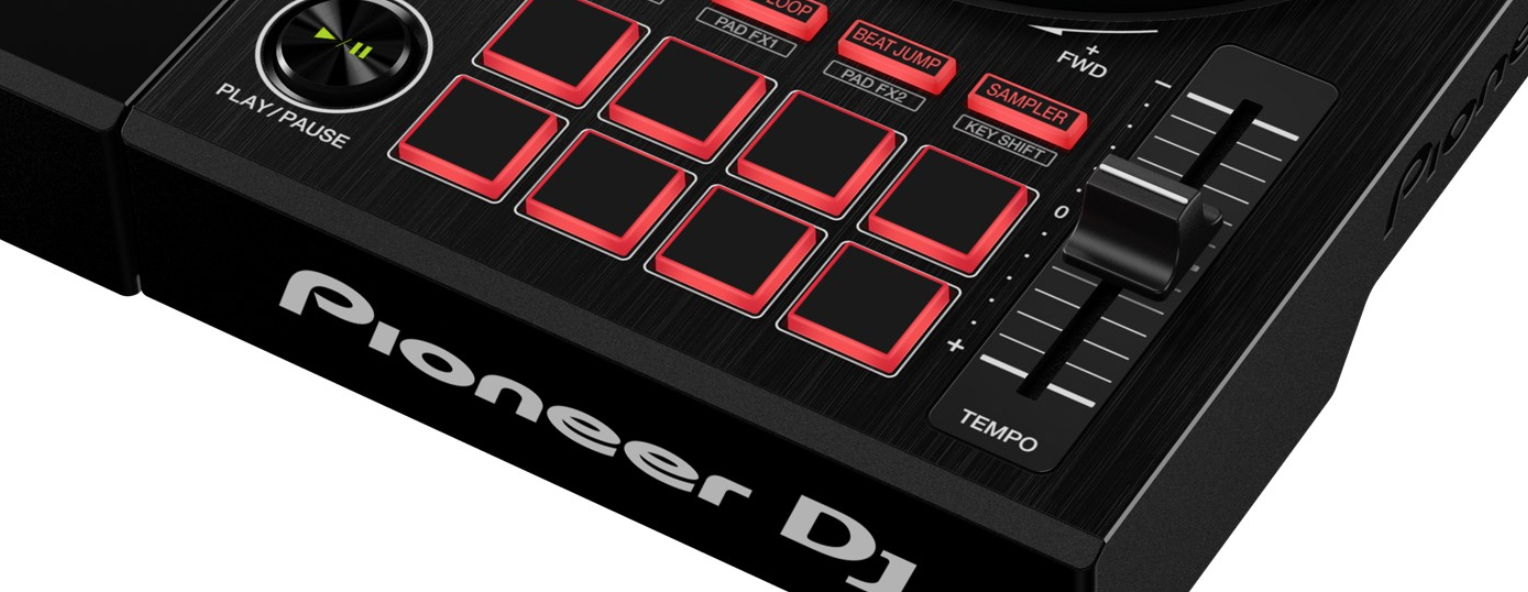
The smaller performance pads found on the DDJ 400
Beat FX
The DDJ 400’s quest to appear like a modular nexus set up has led to a different approach to controlling effects. Breaking away from the typical set up with two sets of controls for each bank of effects. The DDJ 400 has a dedicated effects section on the mixer, much like a DJM. The on/off, beat length and level depth controls being lifted from the larger units and a slider switch to control which output the effects control.
The advantage of this set up is a layout that looks and feels very similar to the larger units. However there are some drawbacks compared to the layout found on other controllers. Whereas before you could use each bank of effects to apply a different effect to each deck at the same time. The DDJ 400 can only apply one effect to one output at once via the hardware.
Without the FX panel open on the laptops screen (something you have to do manually, the controller will not open the panel for you). You also can’t see which effect is selected or it’s length. Add to this the fact you can only scroll through the effects one at a time using the controller you’ll find yourself reaching back to the laptop to quickly change effects.
We would like to see Rekordbox implement a favourite FX list much like Serato to cut down on the time scrolling through the effects. This layout works on larger units as you have a knob and screen with the relevant information on the mixer. However with these missing on the smaller unit we question the benefit given it’s drawbacks.
The Mixer
Possibly the biggest drawback of the DDJ 400 is the mixer and its layout. It does mimic the DJM units very well but sadly this has lead to some interesting use of space given the units small portable nature. Housing the beat effects section within the mixer portion of the controller has meant Pioneer have had to shrink the space between the faders and EQ knobs.
We like the fact it still has a full 3 band EQ with dedicated high/low pass on each channel but we would have like more space between the channels. As catching one by accident is far too easy. With this in mind it’s great to see Pioneer using a dedicated narrow grey knob for the trim levels just like the DJM mixers. It helps avoid catching what could be argued is the most important knob.
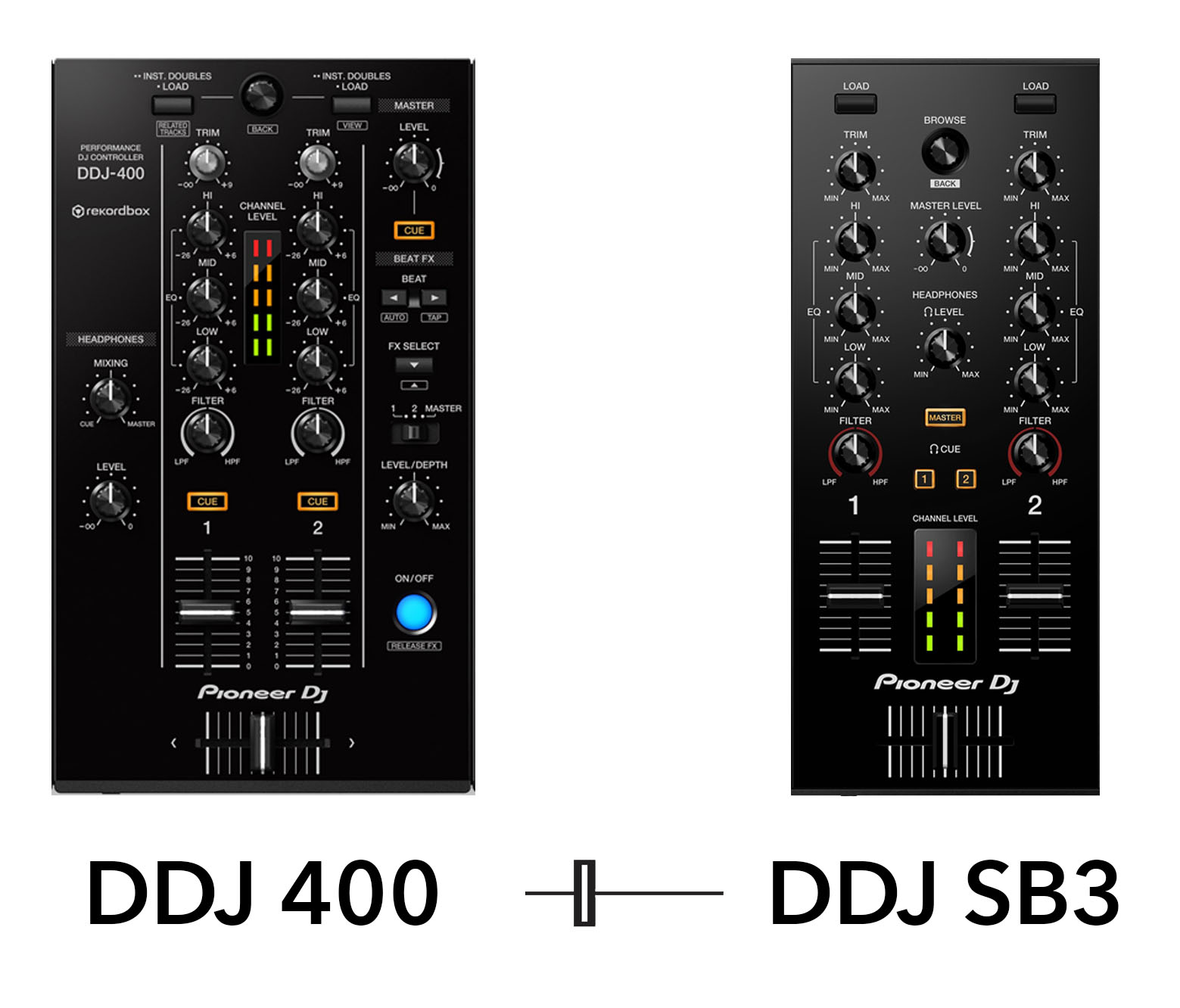
Although the mixer section is much narrower on the SB3, their is much more room between the channels.
The Connections
The DDJ 400 is powered via the USB connection and has one master out port handled via unbalanced RCA ports. The unit also features an unbalanced jack input for a microphone with a small volume knob beside it. It’s worth noting the microphone is routed directly into the master out and can not be recorded or effected via the software at all.
The placement of the volume knob for the microphone is interesting given the amount of room left on the mixer untouched. A volume knob and on/off switch would have been in easy access nice on top of the unit. Given the entry level nature of this controller we aren’t expecting many customers to be bothered by it. The left hand side of the mixer houses the headphone controls. The level and mix knobs on the top of the unit and a smaller 1/8th headphone jack found on the front.
Given the amount of space left bare in this area it’s hard to see why Pioneer hasn’t decided to use it. The narrow channels and tight EQ sections could have easily been spread out better had it not been for this DJM/CDJ design language.
In Conclusion
This is certainly a brilliant controller and a perfect place to start for most DJs who wish to progress through the Pioneer DJ eco system. The layout is a clever take on the more expensive units and the fact you can access and use Rekordbox’s impressive performance features is great. We particularly like the larger pitch faders and the loop buttons, a huge improvement over rival controllers.
There are a few drawbacks as we have discussed but given this controller comes with a full Rekordbox licence key, at £249 we think it’s a bargain! If you are looking for a great controller to begin with that can keep up with more technical aspects of performance as you progress the DDJ 400 is a fantastic choice and one we thoroughly recommend.
Price: £249
Tried and Tested – Retrospective View
Reflecting over the last two years since the DDJ-400 was released, the marketplace has shifted somewhat. The rise in mobile DJ’ing has brought with it a new wave of cheaper controllers designed for use with apps based around streaming. Pioneer DJ even released the DDJ 200. A cheaper, more stripped back controller that was designed for use with the WeDJ application.
Thankfully, the DDJ-400’s superb build quality and design has lead to Algoriddim DJay implementing it as an official controller. DJay is the most popular DJ’ing application currently on iPad, iPhone and Mac. Most notably, it is the only DJ software that supports streaming from Spotify.
The DDJ-400’s ability to be used with Rekordbox and Algoriddim has only added to its appeal. The best beginner controller has seemingly only got better and is still a top buy for DJ’s. The perfect controller to start on Algoriddim Djay and progress onto Rekordbox, we still believe this is one of the best controllers for beginners in 2020!
Video Review
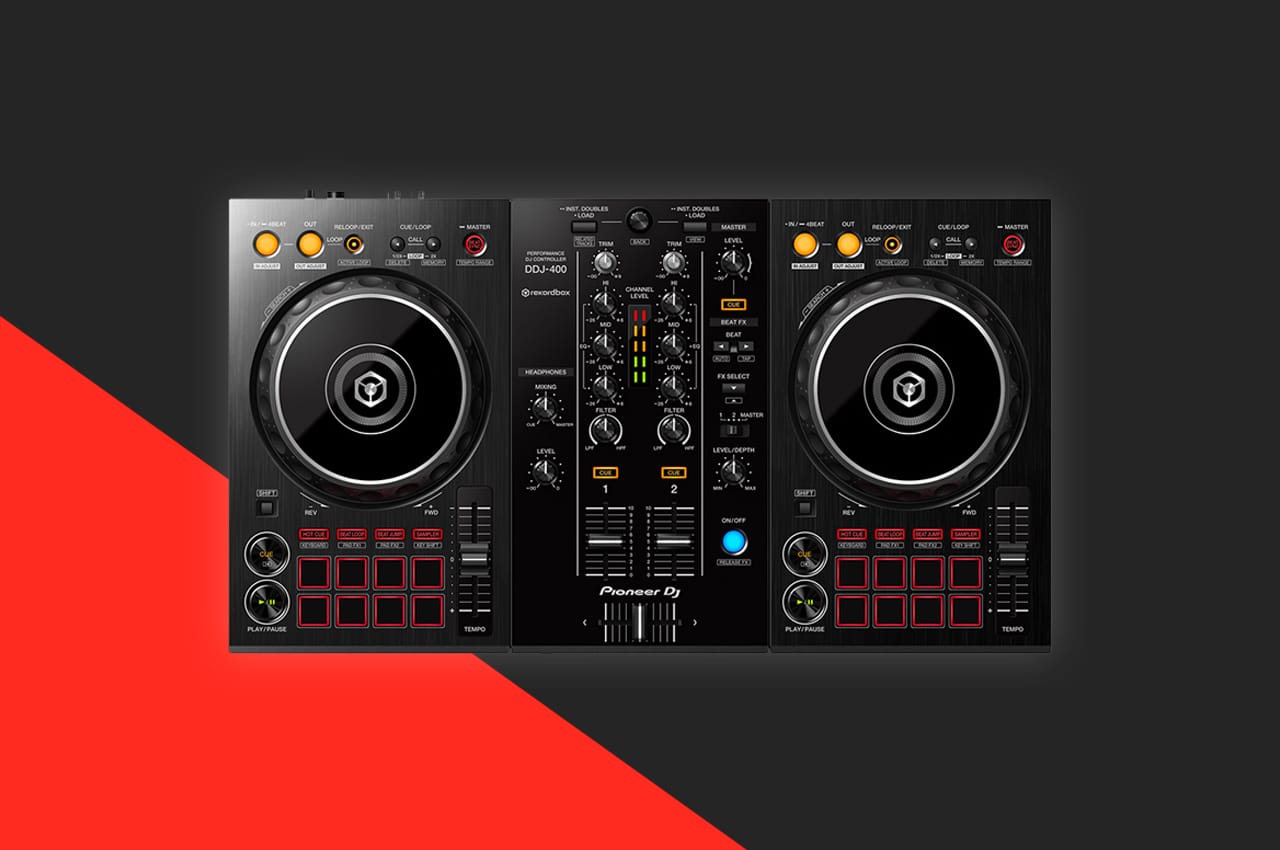
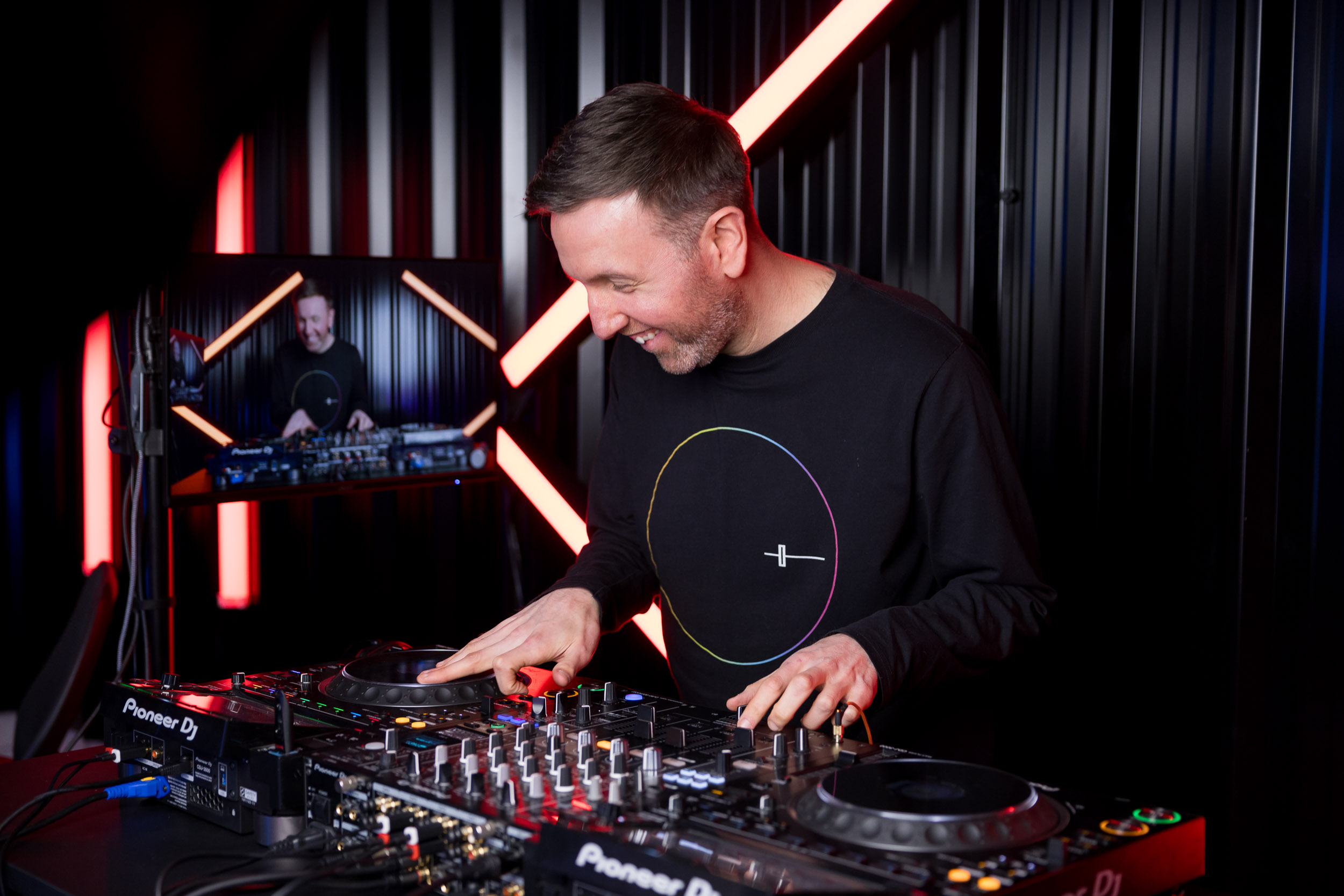
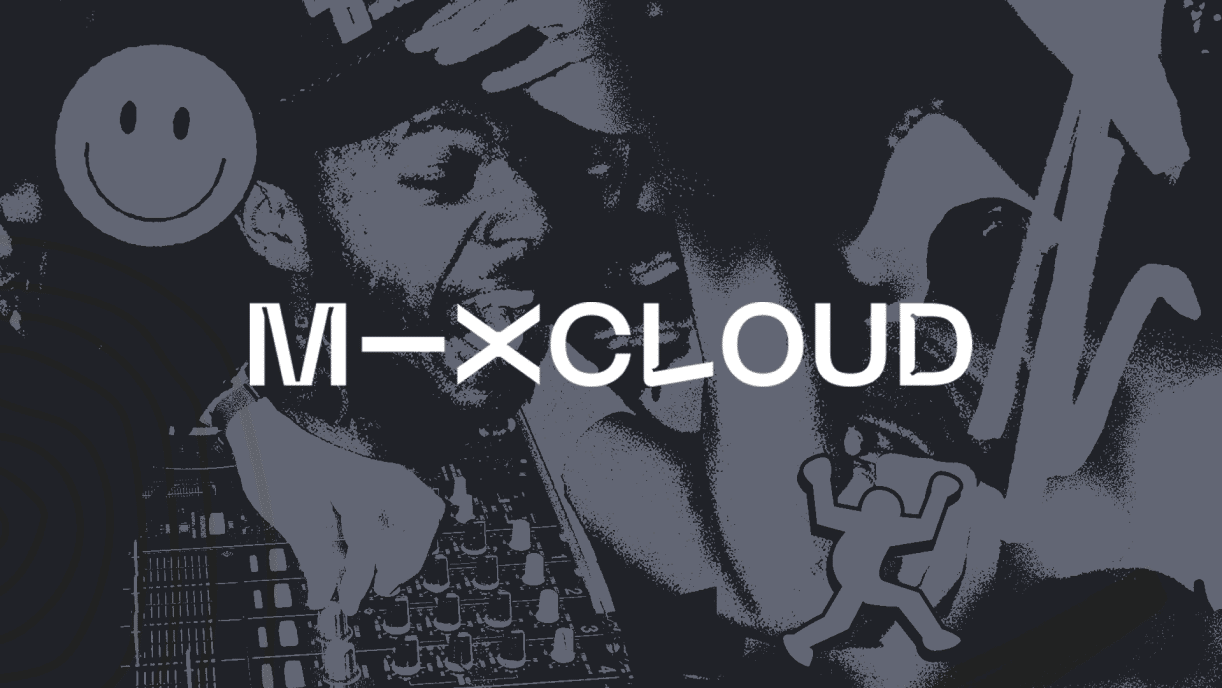
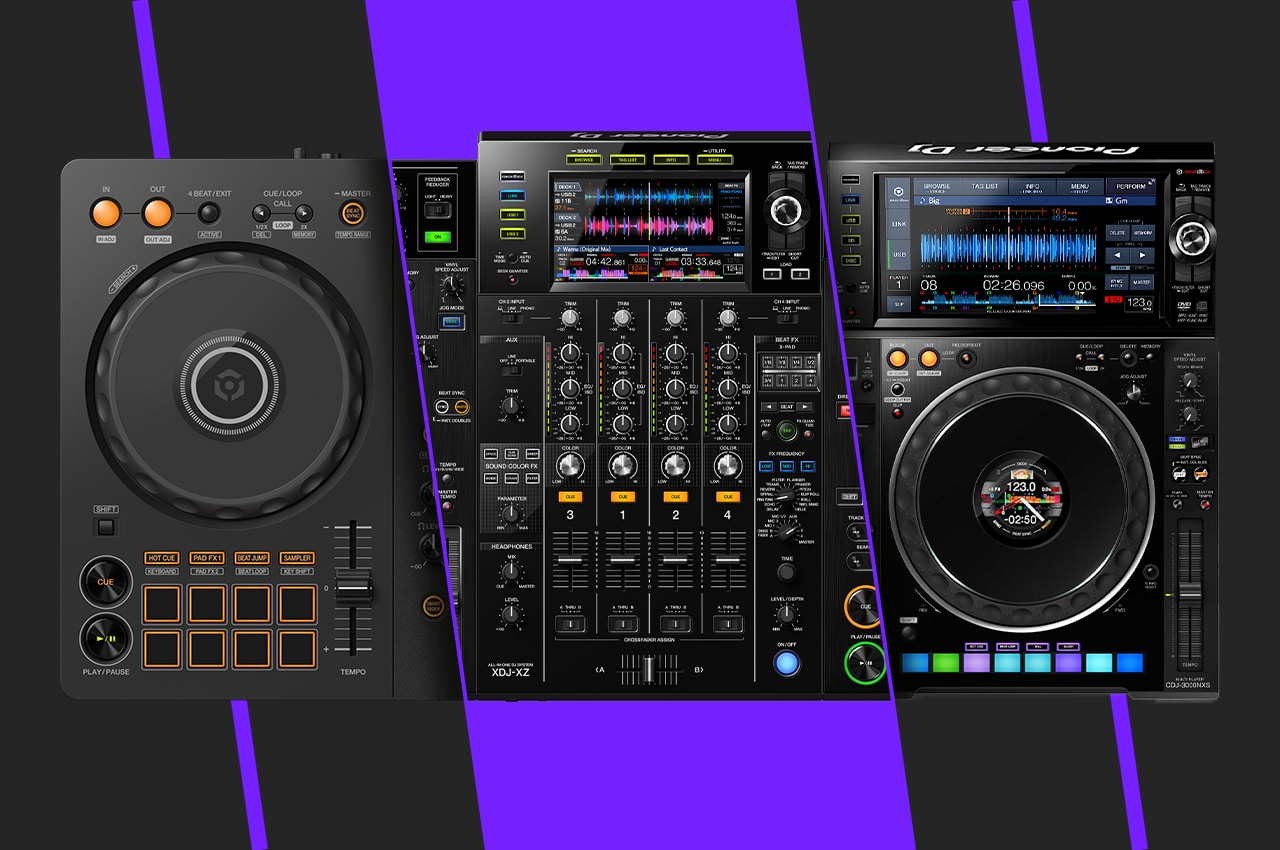
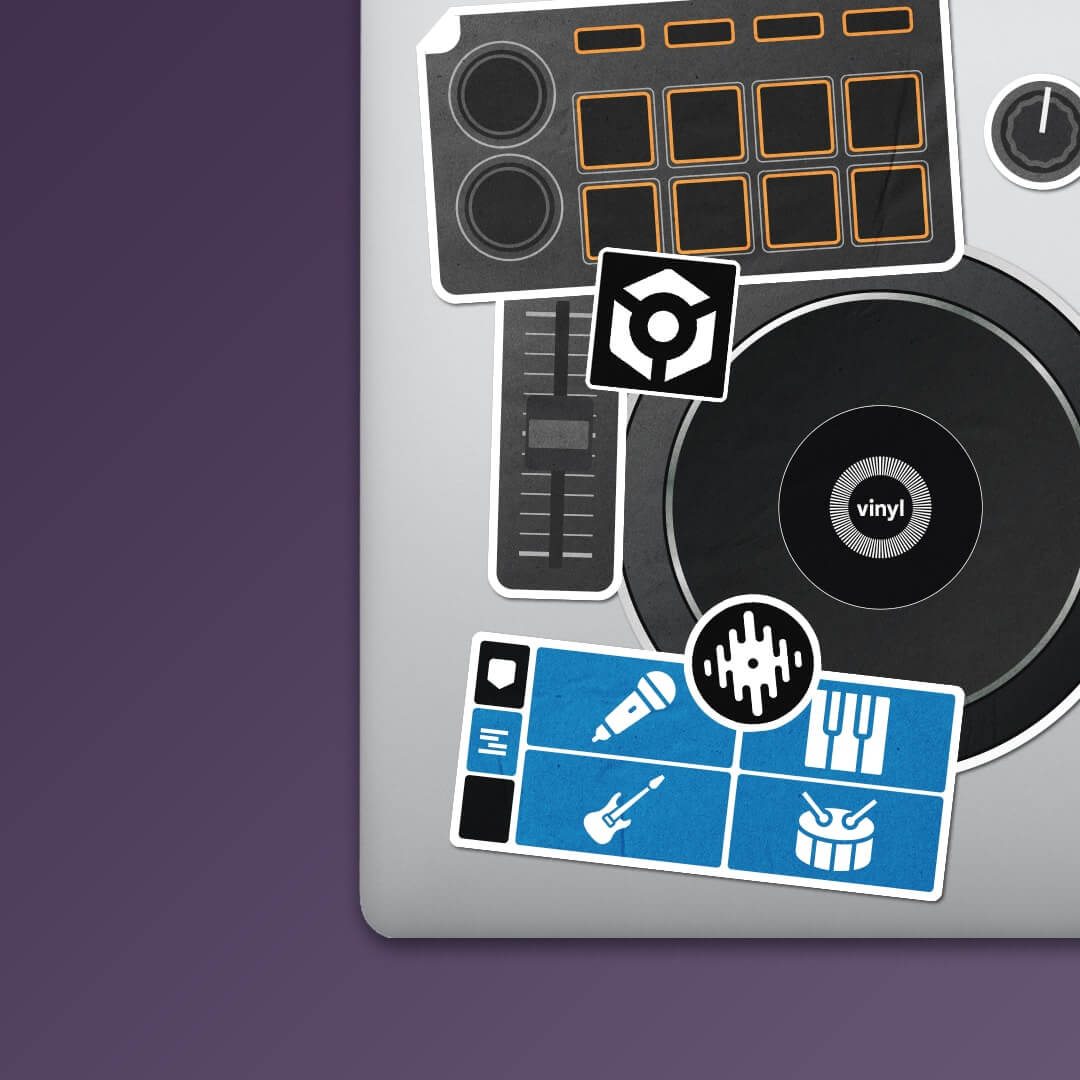
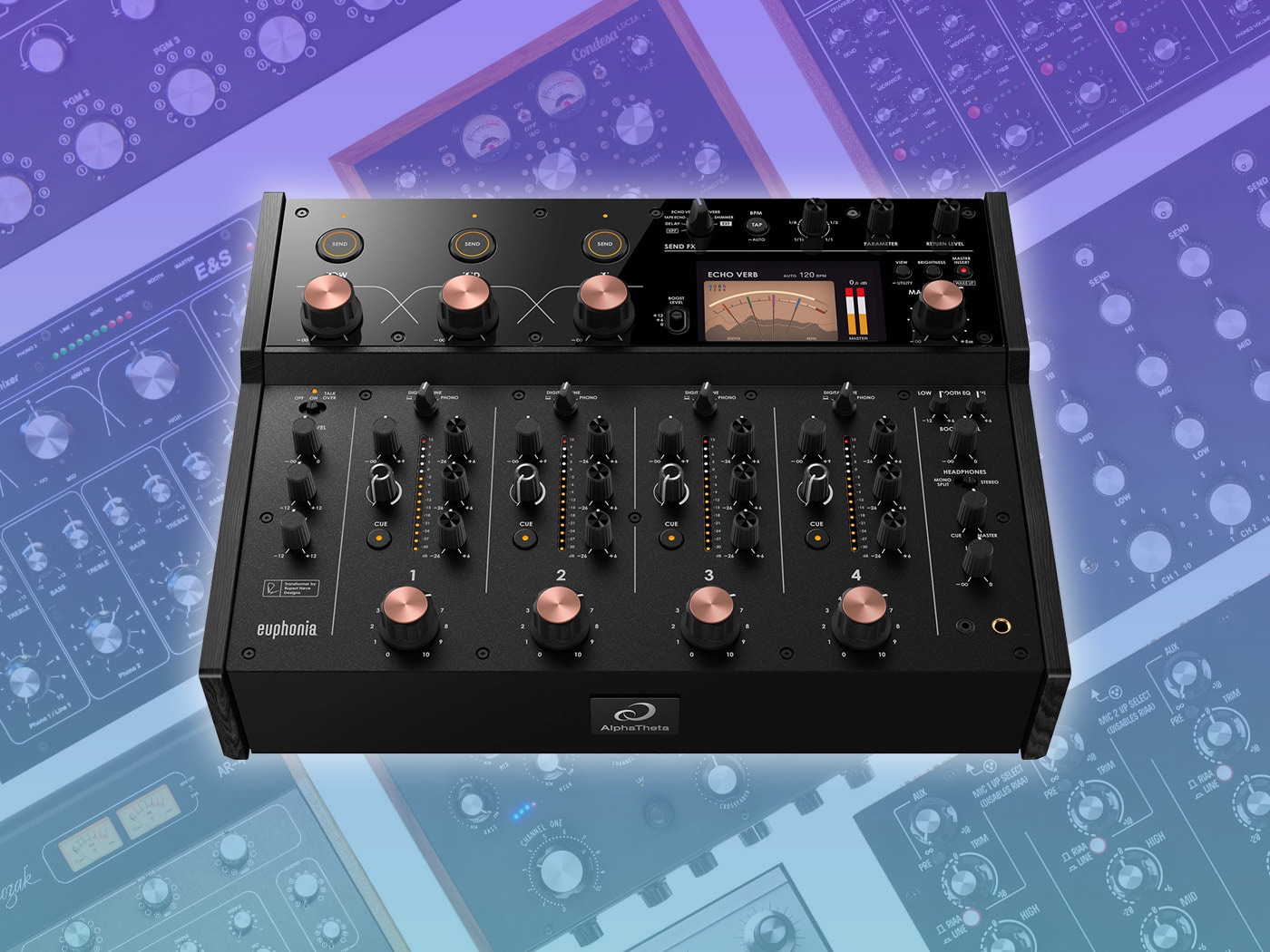
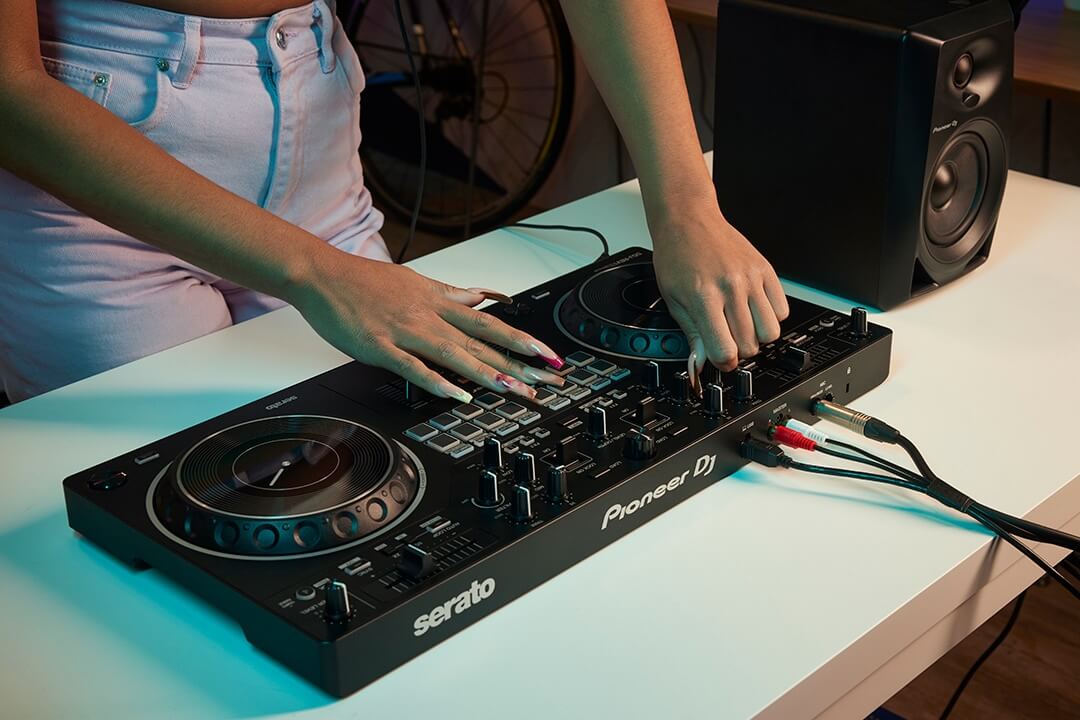
0 Comments
Trackbacks/Pingbacks